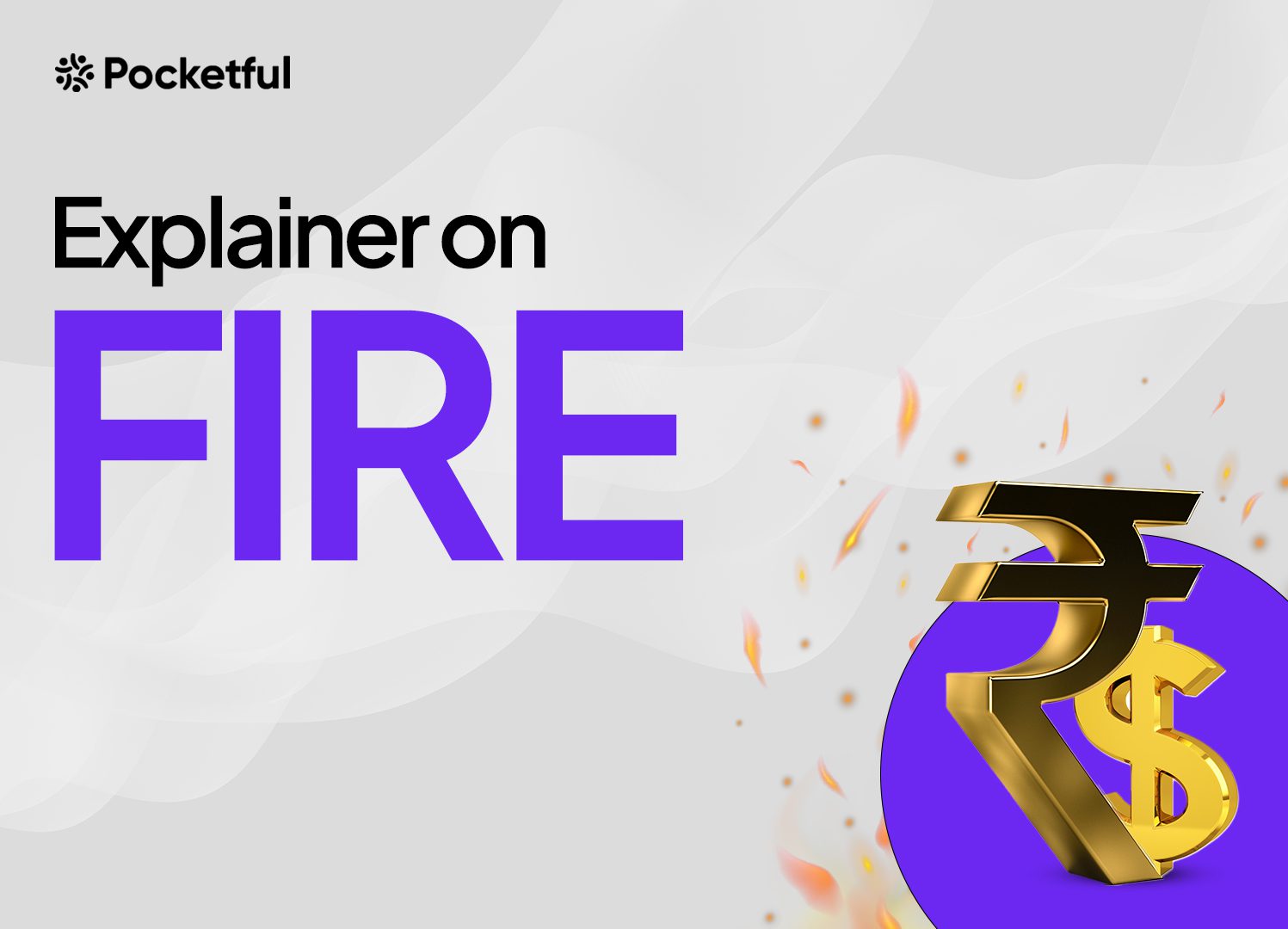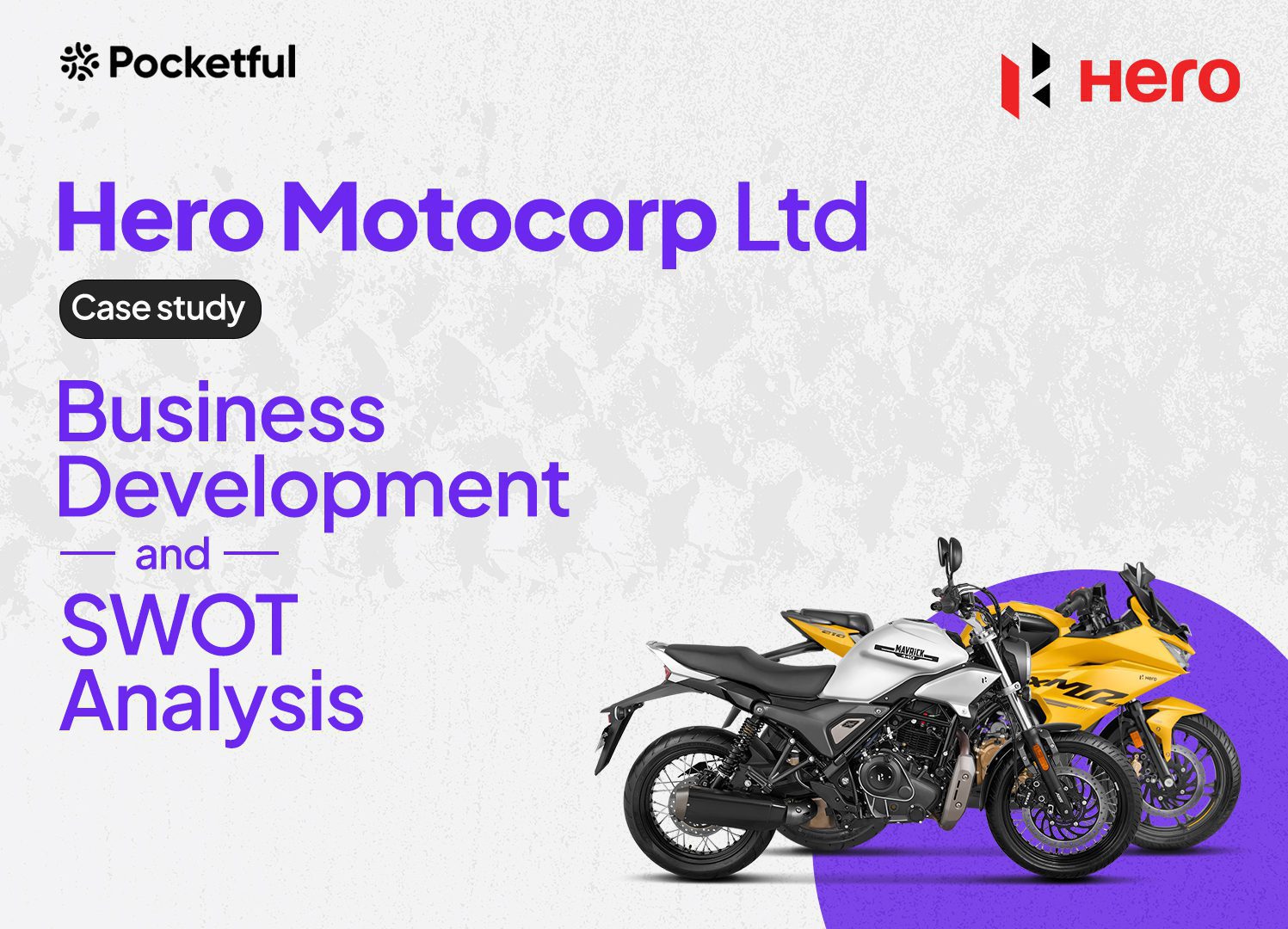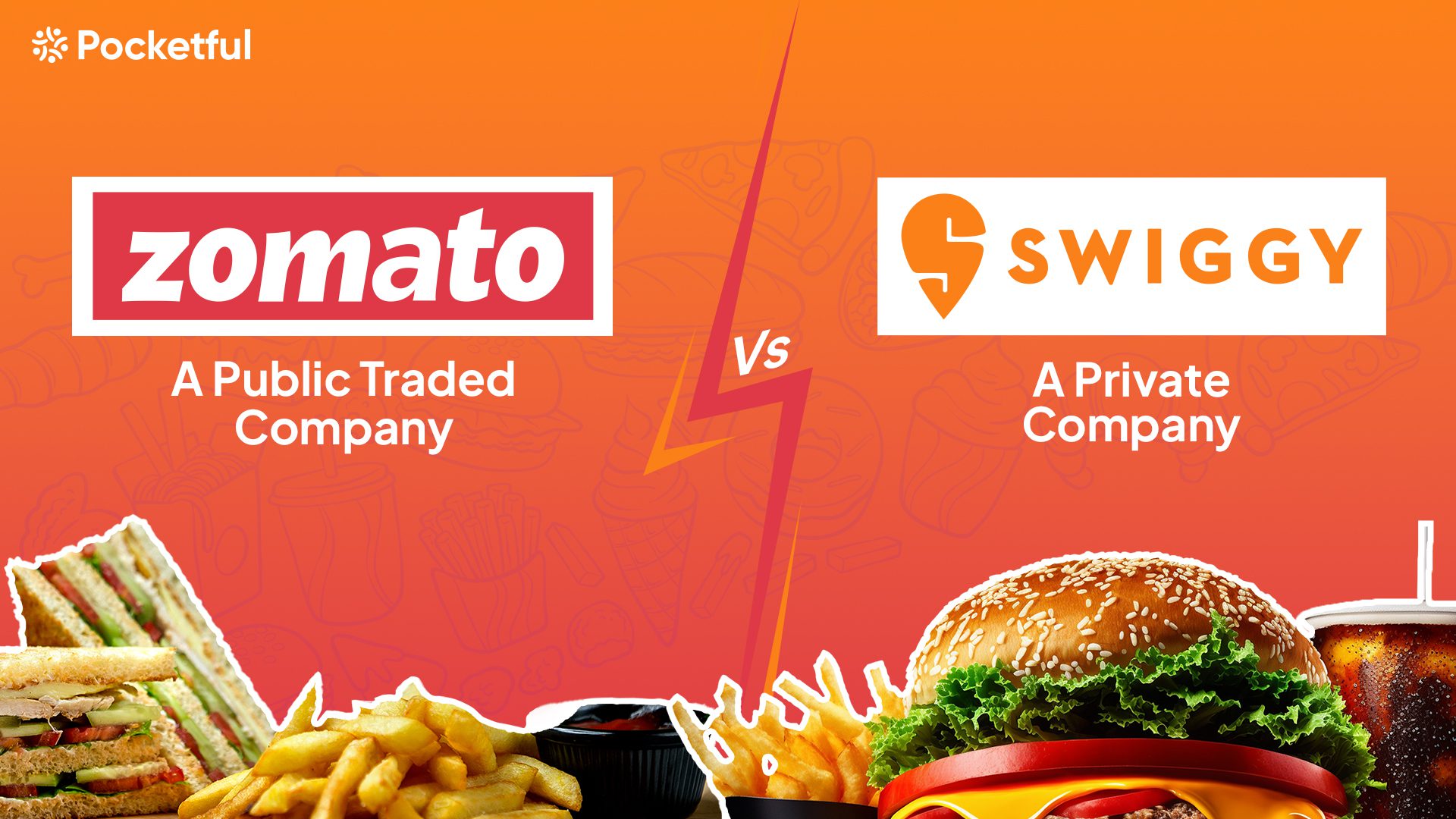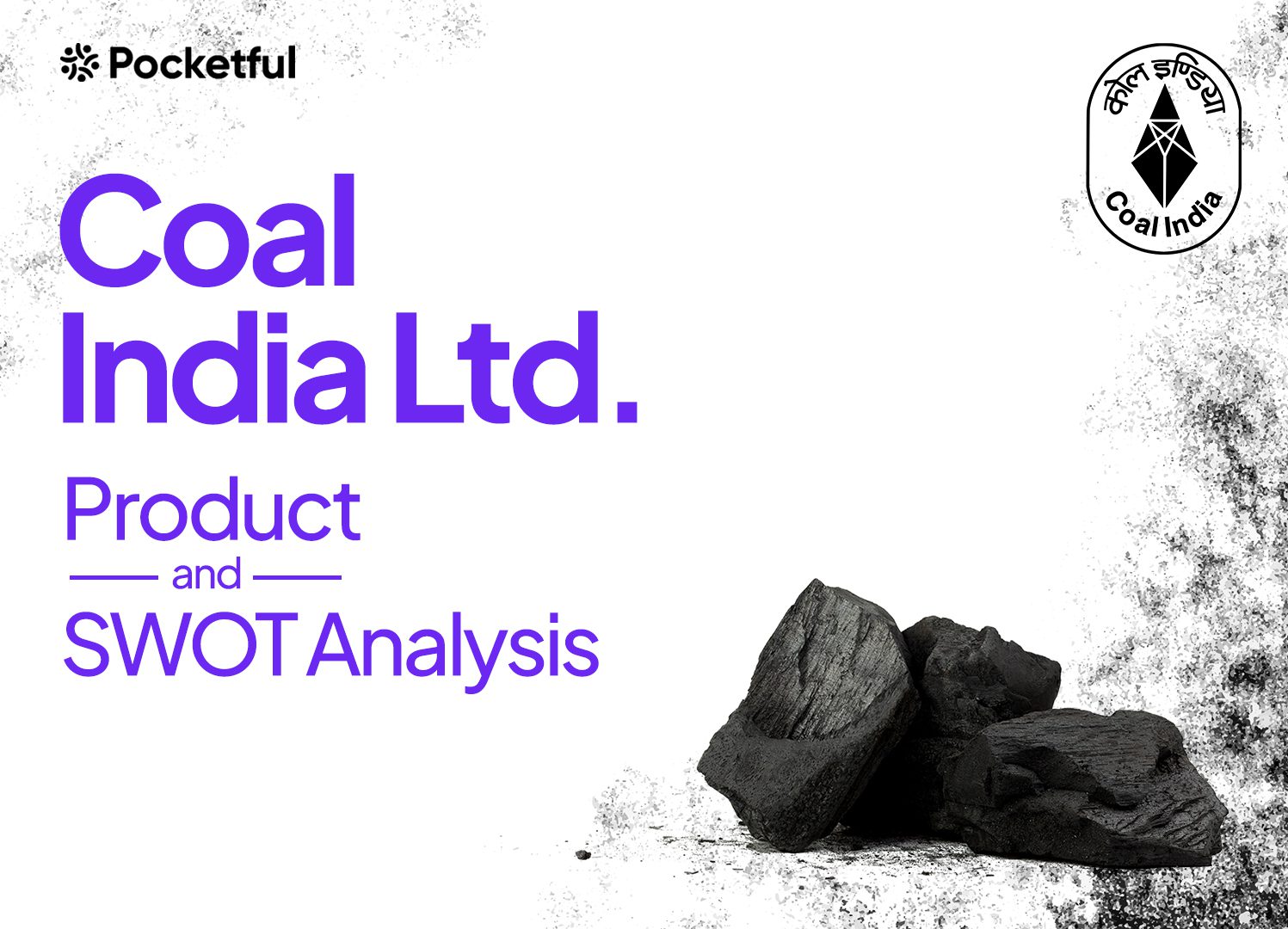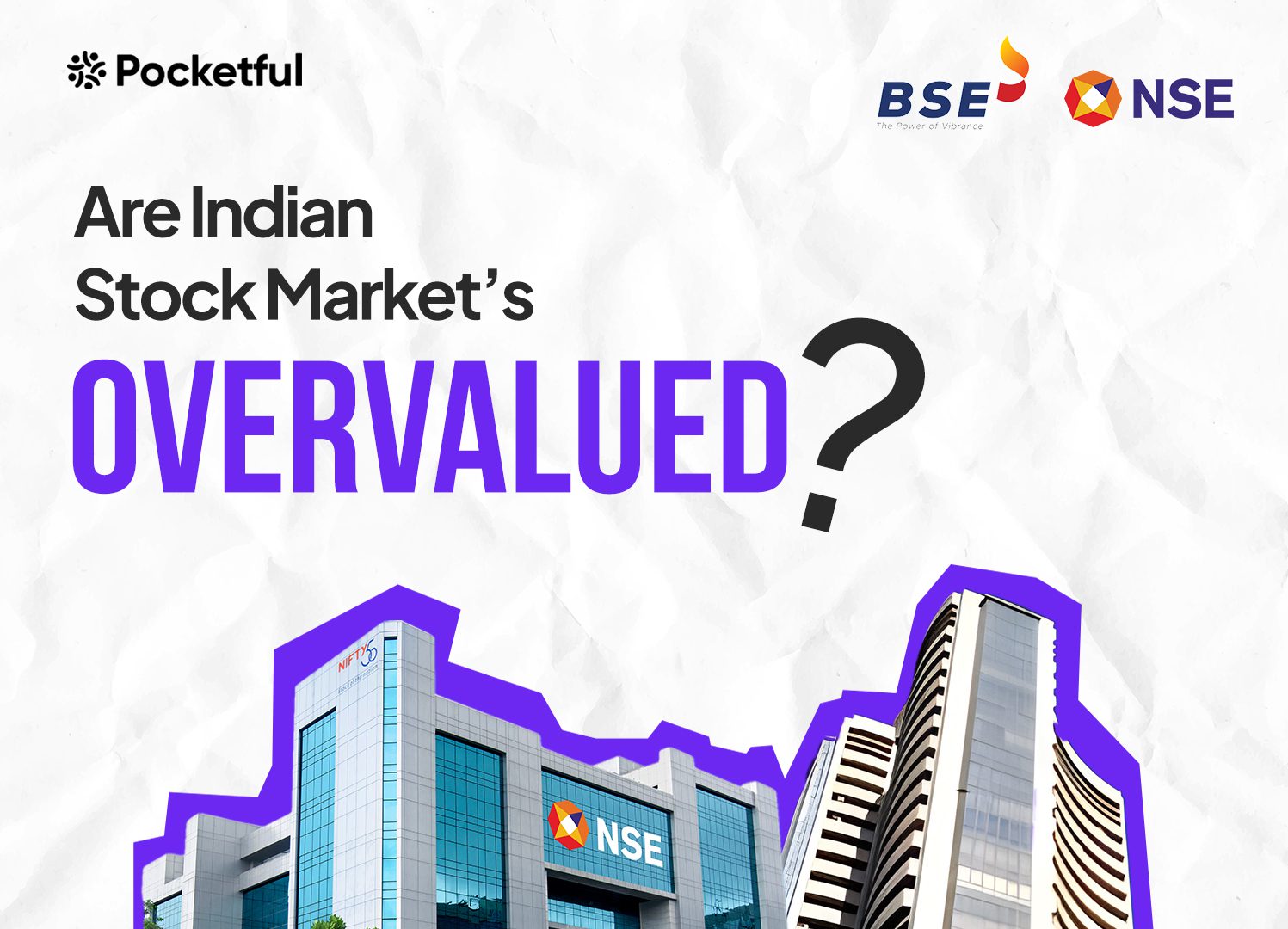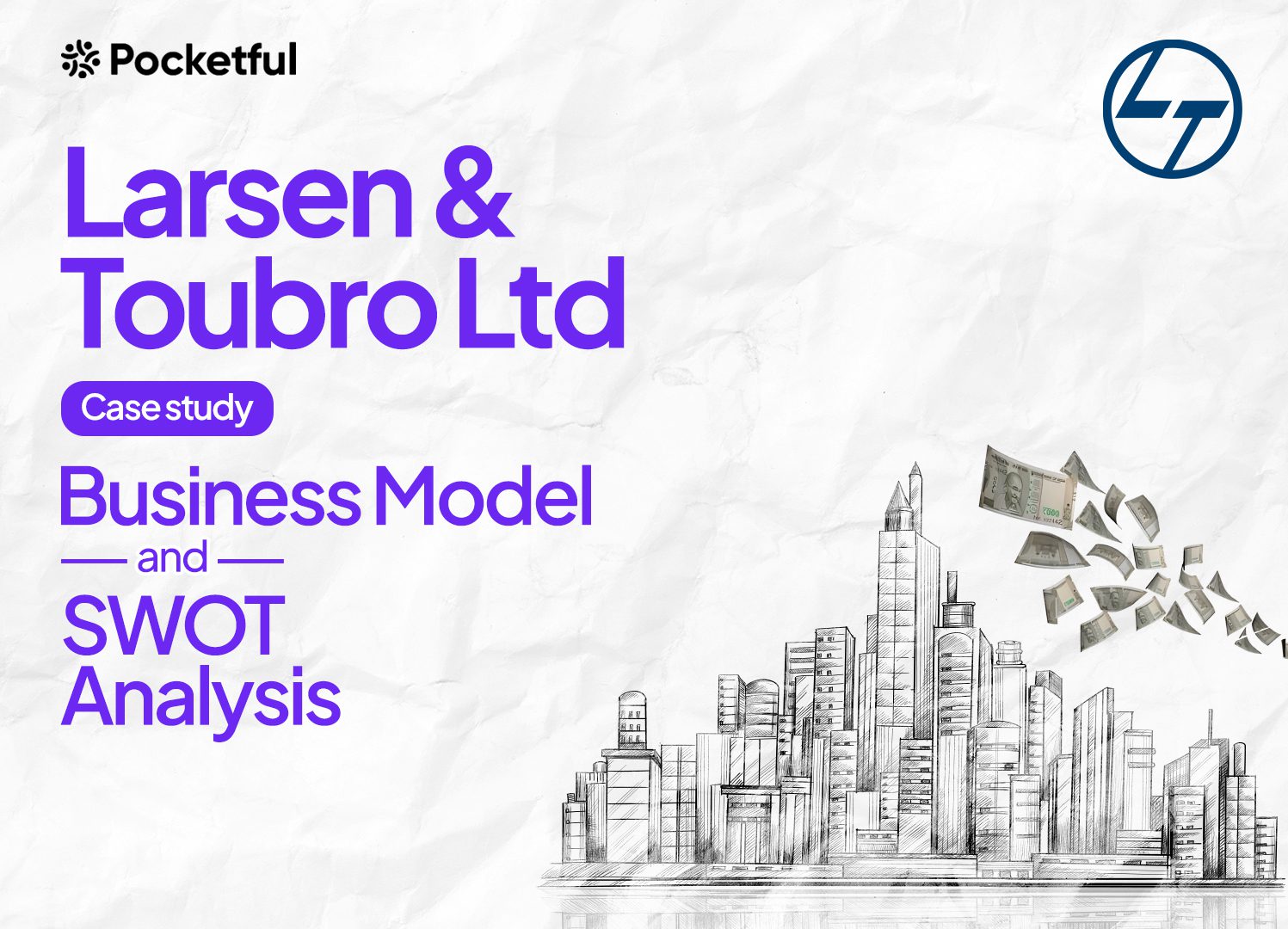There are always surprises in life. Some surprises are great, but some are nasty and will hurt your pocket. Imagine yourself driving on a highway when, all of a sudden, there is an accident and your vehicle breaks down. In such a situation, it is natural to be concerned about how to resolve the issue. This is where insurance comes in; if you have coverage for your vehicle, you can get repairs done without having to pay for them.
The blog will guide you through the world of insurance, helping you pick the best coverage for your needs and grasp the fundamentals.
Overview on Insurance
An insurance policy is a financial contract that shields you against unforeseen financial losses between two parties.
The insurance provider charges a premium to cover a person or entity against certain risks, such as mortality, accidents, medical emergencies, etc. This ensures that the insured party can avail of the provider’s insurance benefits in the case of a loss.
For example – Mr. A is driving to work, and en route, he gets into an accident that damages his vehicle. If Mr. A had auto insurance, he would be entitled to a claim for the total amount of compensation from the insurance provider. In order to get this amount, Mr. A would have needed to pay a premium at the start of the policy’s term or length.
Read Also: Prize Indemnity Insurance
Features of Insurance
1. Having an insurance policy allows you to mitigate the risk.
2. You can transfer the financial losses to the provider by paying a small amount as a premium.
3. You can live a calm life and feel at ease knowing that you will be compensated in the event of an accident.
4. There are certain things, like cars, for which you are required to have insurance as it is made mandatory by authorities.

Terms of Insurance
1. Policy – The written agreement between the policyholder and insurer.
2. Insurer – The insurance company that will be covering your risks.
3. Policy Holder – The person who took the policy from the insurance company.
4. Premium – The amount that you are required to pay to the company to keep the policy effective.
5. Policy Term – This will be referred to as the effective period, expressed in terms of the number of years for which the insurance provider will offer coverage.
6. Sum Assured – The highest sum of money that you will receive in the event of unanticipated events.
7. Claim – This is regarded as a formal request for reimbursement/payment for expenses incurred after the event.
How does Insurance work?
The insurance firm takes premiums from several clients, covers them for particular risks, and divides the risk among them.
Let’s use home insurance as an example. In a given area, there are 100 houses with a value of 1 lakh each, of which 2 burn down every year. All of the homeowners obtained insurance from a company and had their homes covered; therefore, the insurance company collected a total of about 10 lakhs in premiums. Should two of the approximately 2 lakhs worth of houses burn down in a given year, the company would pay the homeowners 4 lakh and make a profit of 6 lakhs.
In a similar vein, the policyholder would have the assurance that should their home burn down; they would receive a settlement of two lakh rupees for a premium of just 10,000 INR.
Benefits of Insurance
There are lots of benefits to buying insurance, some of which are mentioned below-
1. Insurance shields you from life’s uncertainties and guards against financial losses brought on by many unforeseen circumstances.
2. Few insurance policies offer both life insurance and investment rewards, giving you the chance to achieve your most important life goals in addition to receiving insurance coverage.
3. Unpredictable events could result in large losses that you would have to pay out of pocket, which could negatively affect your financial situation. But insurance allows you to cushion yourself.
4. You can feel more at ease knowing that your insurance provider will provide support in the form of compensation in the event of a loss.
5. Insurance plans also come with tax benefits, as you can take a deduction for life insurance u/s 80(C) and for health insurance, you can claim a deduction u/s 80(D).
Types of Insurance
In India, insurance is divided into 2 different categories.
1. Life Insurance
2. General Insurance
Life Insurance
This kind of insurance safeguards your loved ones by providing either one-time or periodic payments after the event of your death. This insurance helps your family survive after your passing.
There are several types of life insurance. Some of them are:
1. Term Life Insurance – This insurance ensures that in the event of your death, the designated beneficiary receives an agreed-upon amount from the insurer.
2. Whole Life Insurance – The insurance covers an individual’s life to the age of 100 and is sometimes referred to as a standard life insurance coverage.
3. ULIP Plans – The Unit Linked Insurance Plan, or ULIP, offers both investing and insurance benefits. A portion of your contribution is used to cover your life insurance, while the remaining amount is invested in securities linked to the market.
General Insurance
All other forms of insurance, excluding life insurance, are categorized as general insurance since they shield your finances from losses brought on by events that involve home, car, health, or other property. They also go by the name of non-life insurance policies.
There are several types of general insurance. Some of them are:
1. Health Insurance – When a person purchases health insurance, the insurance company pays for their medical expenses up to the sum assured, which is determined at the time the policy is taken out.
2. Motor Insurance – This type of insurance offers cash support if your vehicle — a car, bike, etc.— is stolen or damaged.
3. Home Insurance – As the name implies, home insurance protects your home’s infrastructure and possessions from harm and devastation, including natural and man-made calamities.
4. Travel Insurance – If you have travel insurance, you will be protected against any mishaps that happen during your travel, like misplaced bags, cancelled flights, etc.

How to Choose an Insurance Provider?
1. The most important factors to consider when choosing an insurance company are the features and benefits that they are offering.
2. You must obtain estimates from multiple insurance providers and evaluate them; nevertheless, you shouldn’t choose the least expensive option without also considering the value proposition.
3. Customer service is another crucial component to take into account. When filing a claim, you should pay close attention to how quickly and responsively their team responds to your inquiry.
4. Before purchasing any insurance policy, you should research the company’s past claim settlement ratio; the greater the ratio, the more likely the insurer will pay the claim without being denied.
5. Although negative reviews or complaints filed to the insurance business are often disregarded, they may provide insight into which firms are worth considering.
6. When purchasing insurance policies, it is important to consider an insurance company’s size and financial standing. In the event of a larger claim, a company with weaker financial standing may be unable to reimburse the amount due.
Read Also: Concurrent Insurance
Key Comparison Metrics of Insurance Providers
1. Gross Written Premium – It shows the entire amount of the premium that the insurer wrote before commissions and reinsurance costs are subtracted.
2. Claim Settlement Ratio – This displays the percentage of claims that the insurance company has settled relative to the total number of claims that it has received.
3. Policy Renewal Rate – This indicates the percentage of policyholders who choose to renew their insurance with the same insurance company.
4. Average Time to Settle a Claim – The shorter the time taken to process the claim, the more advantageous it is to the insured.
Conclusion
One of the most essential advantages of insurance is that it protects your money after an unforeseen event in exchange for a nominal premium. However, you must take into account several aspects when choosing an insurance provider, including the claim process, customer service, and policy features.
Frequently Asked Questions (FAQs)
What is the purpose of insurance?
The primary goal of insurance is to lessen the burden of monetary loss in exchange for a minimal premium payment.
What are the types of insurance?
There are two primary categories of insurance: general insurance and life insurance.
Which organization manages the workings of the insurance industry?
The Insurance Regulatory and Development Authority of India, or IRDAI, is responsible for overseeing the general operations of the insurance sector.
What is IMF in Insurance?
IMF stands for Insurance Marketing Firm, which is a distribution channel established by IRDAI.
Is there any tax benefit available in insurance?
Yes, insurance plans offer several tax benefits. For example, you can deduct your life insurance payments under Section 80(C) and your health insurance premiums under Section 80(D).

